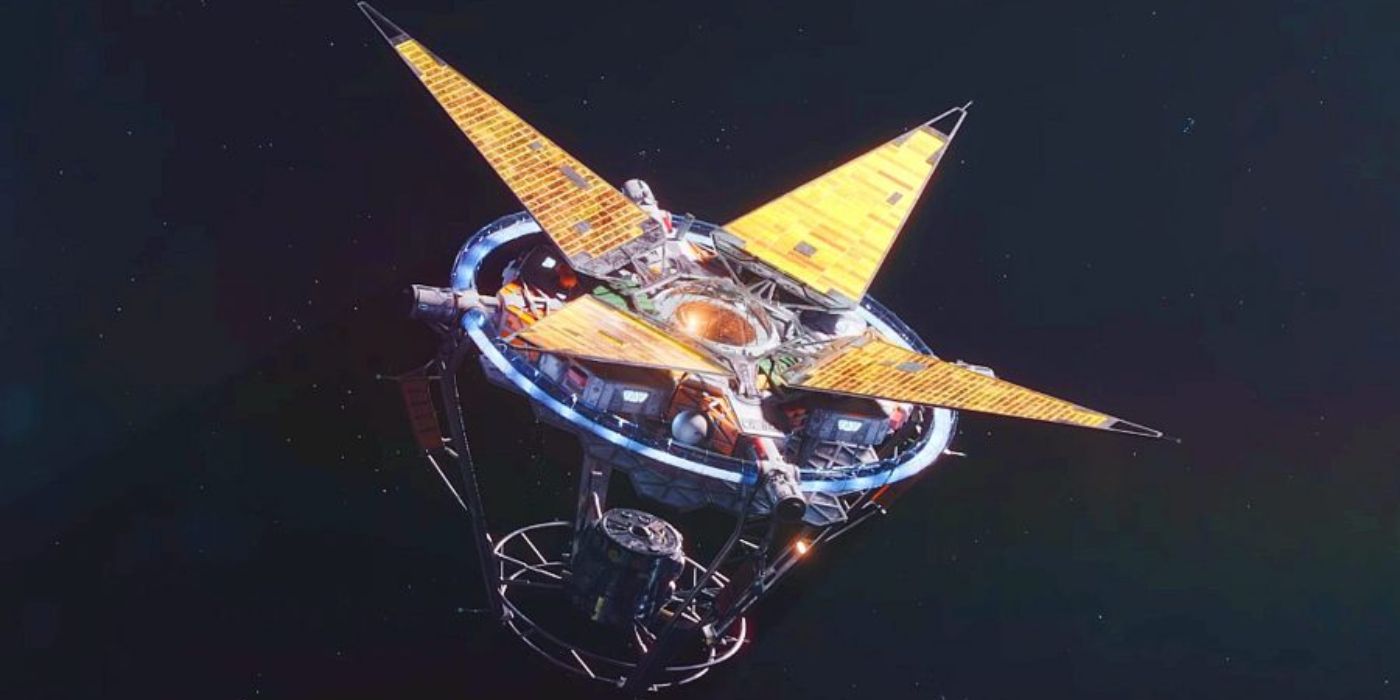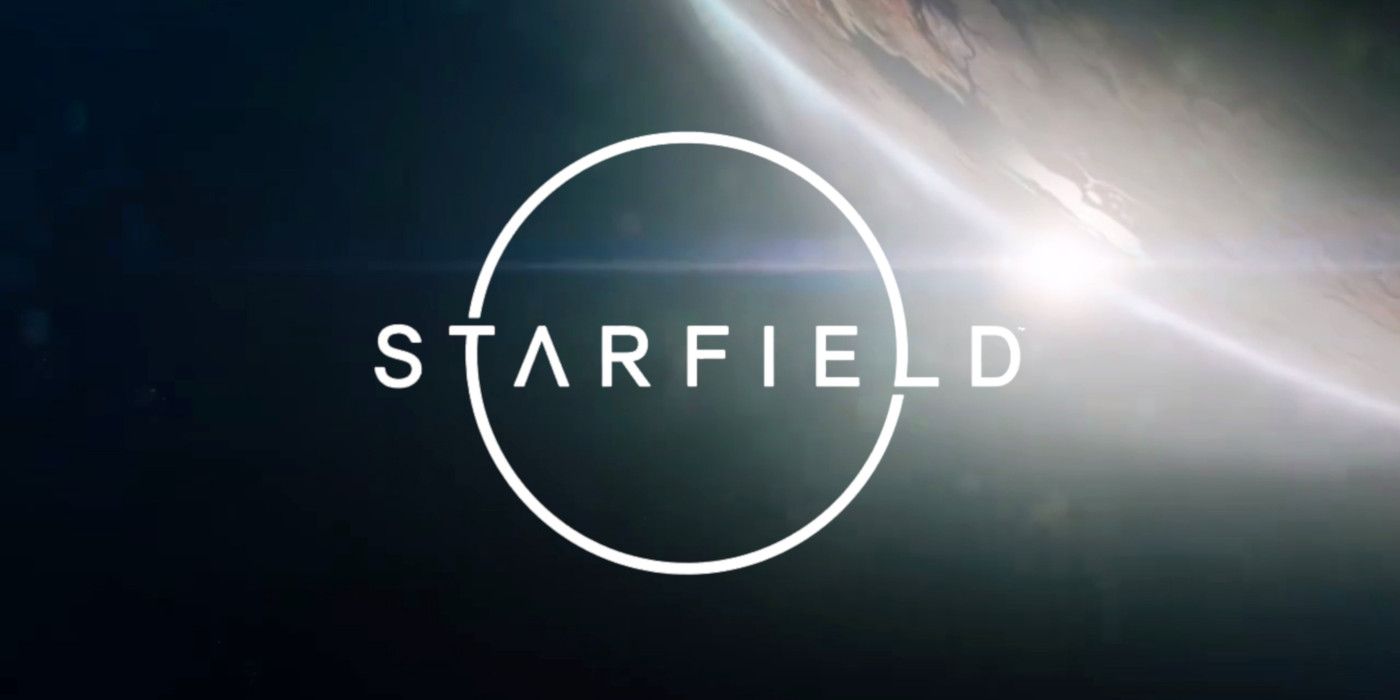After potentially worrying fans with the announcement of a multiplayer Fallout game, Bethesda used the confirmation of both The Elder Scrolls 6 and Starfield to show the industry it wasn't straying from its single-player focus, but the new space RPG's setting presents bigger risk for Bethesda than multiplayer. The developer's best games thrive on seamless and immersive open worlds, and it could be difficult to capture that magic if Starfield embraces typical sci-fi trappings.
When Bethesda finally confirmed Starfield and The Elder Scrolls 6 at E3 2018, fans only got brief glimpses at both games, with short teaser trailers that merely hinted at their settings. Fans of the Elder Scrolls series were able to come up with theories about The Elder Scrolls 6's location from landscape seen in the teaser, but Starfield's trailer only showed a planet, a satellite, and what appeared to be the beginning of a hyperspace-like, high-speed travel "jump." Bethesda said it had already been working on Starfield for years at the time of its tease, and the game is planned to come out before The Elder Scrolls 6.
The idea of Bethesda making one of its "go anywhere, do anything" RPGs in a traditional sci-fi universe is exciting, but a space-based game presents problems for Bethesda's usual open-world structure. The quality of The Elder Scrolls 5: Skyrim's that made it one of the best RPGs of the last decade is its success at letting players go, be, and do whatever they want. After the opening section, players can simply walk off in any direction, ignoring the main quest and exploring the entire world unhindered. There are many unknowns about how Starfield will translate this experience to space. Will the game world be split into multiple planets? If so, how big will each be? And how densely packed with activities?
If Starfield allows players to travel to from planet to planet, it needs to do so with purpose - not just as a fast-travel stand-in for the sake of making a space game. One way of ensuring this is to make the space between planets as interesting as the planets themselves. Players should be able to mine asteroids for resources, investigate derelict spaceships, avoid space pirates, and more. If paired with an entirely player-controlled space travel system like No Man's Sky's, allowing players to take off from one planet and land on another with no loading screens, this could potentially solve the "go anywhere" issue, as long as players get access to a functioning ship early in the game. Still, seamless interplanetary travel would work best if each planet's explorable area is actually planet-sized and spherical, but it's unlikely this will be the case. Developing several, gigantic worlds that are as interesting and densely packed as Skyrim's would be an unimaginable amount of work - though perhaps it's possible with some Starfield next-gen hardware tricks.
All of these worries come back to the central tension of Starfield's setting: Fans expect Bethesda to produce the most immersive, seamless open-world RPGs in the industry, but making an Elder Scrolls- or Fallout-like game that spans multiple worlds seems impossible, at least without some major limitations. Bethesda needs to carefully balance the scope and density of each planet with the spaces between them. It also needs to, unlike No Man's Sky, set expectations properly to avoid disappointing fans hoping for something more like Elite Dangerous or Star Citizen - not to mention the pressure on Bethesda to get a single-player game right after the Fallout 76 fiasco. At the E3 2018 reveal, Bethesda's Todd Howard said he felt the developer is "uniquely positioned" to pull a game like Starfield off. Here's hoping he's right.
Starfield does not have a release date, but it has been described as a "next-gen" game.


